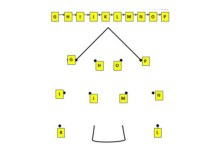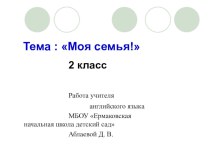- Главная
- Разное
- Бизнес и предпринимательство
- Образование
- Развлечения
- Государство
- Спорт
- Графика
- Культурология
- Еда и кулинария
- Лингвистика
- Религиоведение
- Черчение
- Физкультура
- ИЗО
- Психология
- Социология
- Английский язык
- Астрономия
- Алгебра
- Биология
- География
- Геометрия
- Детские презентации
- Информатика
- История
- Литература
- Маркетинг
- Математика
- Медицина
- Менеджмент
- Музыка
- МХК
- Немецкий язык
- ОБЖ
- Обществознание
- Окружающий мир
- Педагогика
- Русский язык
- Технология
- Физика
- Философия
- Химия
- Шаблоны, картинки для презентаций
- Экология
- Экономика
- Юриспруденция
Что такое findslide.org?
FindSlide.org - это сайт презентаций, докладов, шаблонов в формате PowerPoint.
Обратная связь
Email: Нажмите что бы посмотреть
Презентация на тему Intonation
Содержание
- 2. There are two types of intonation. ET= Equal tempermentJI= Just intonation
- 3. Definitions1. Tone - the rise and fall
- 4. The importance of intonation in social interactionTURN-TAKING:
- 5. Many linguists and teachers suggest that teachers
- 6. Intonation in questions.Yes/No QuestionsUsually Yes/No questions have
- 7. Questions that ask for informationUsually information questions
- 8. Скачать презентацию
- 9. Похожие презентации
There are two types of intonation. ET= Equal tempermentJI= Just intonation


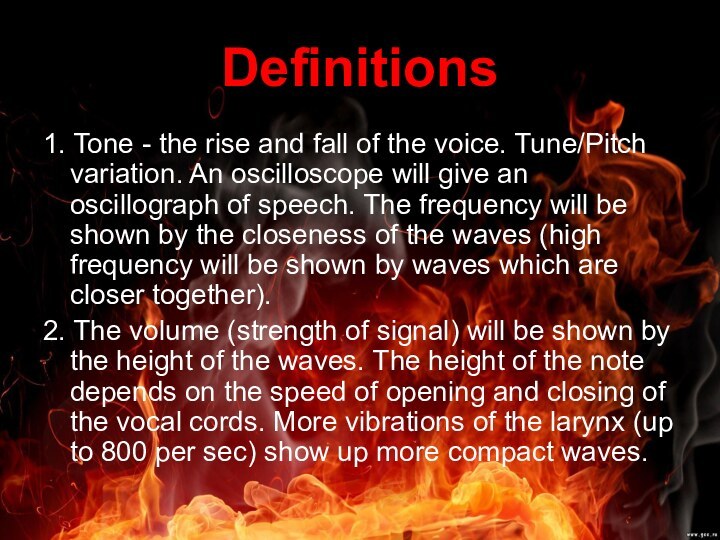
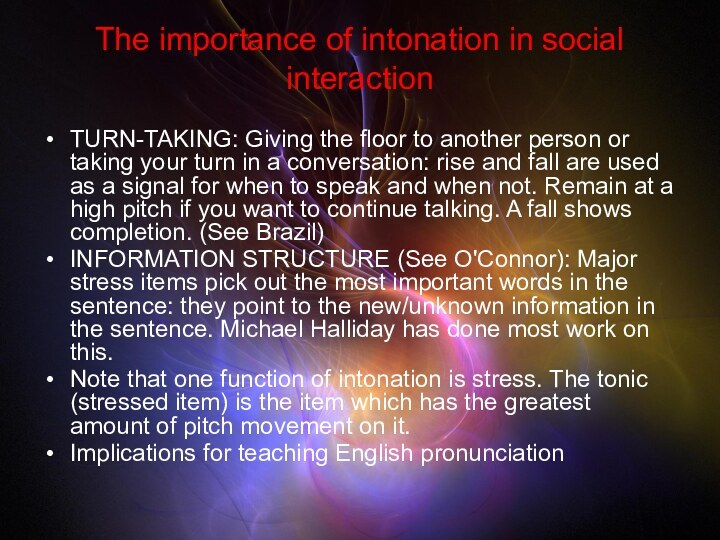
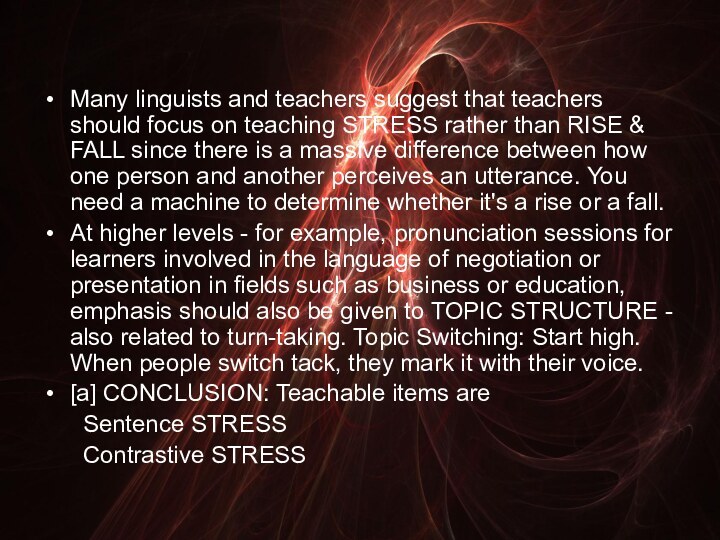
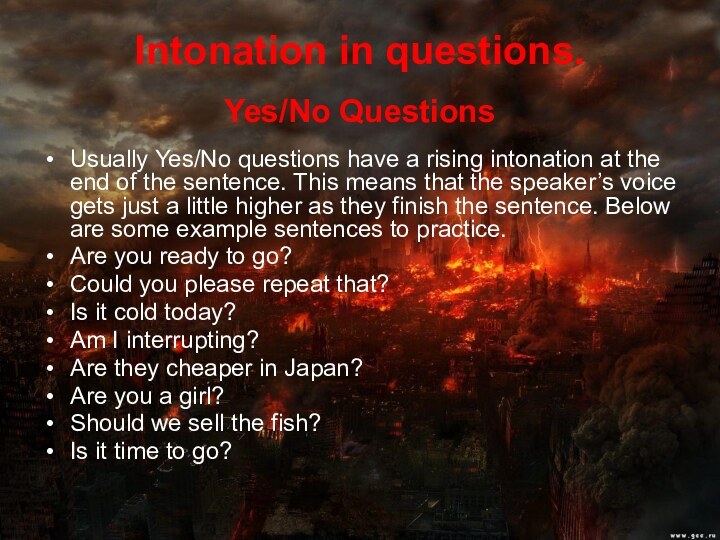
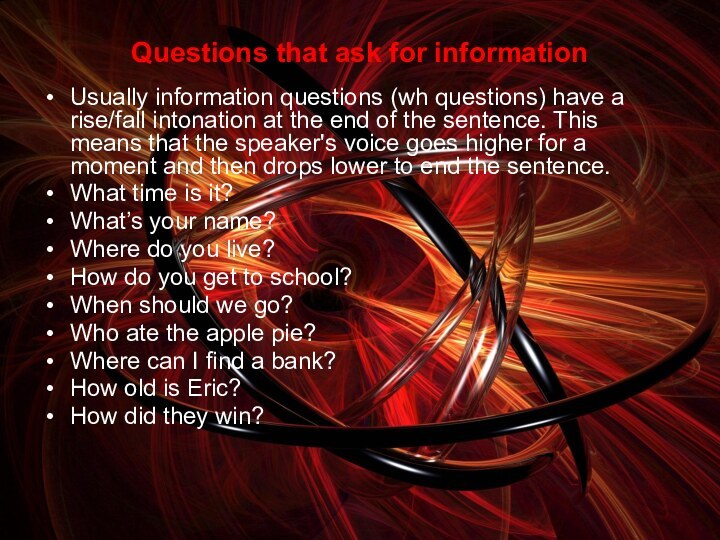

Слайд 3
Definitions
1. Tone - the rise and fall of
the voice. Tune/Pitch variation. An oscilloscope will give an
oscillograph of speech. The frequency will be shown by the closeness of the waves (high frequency will be shown by waves which are closer together).2. The volume (strength of signal) will be shown by the height of the waves. The height of the note depends on the speed of opening and closing of the vocal cords. More vibrations of the larynx (up to 800 per sec) show up more compact waves.
Слайд 4
The importance of intonation in social interaction
TURN-TAKING: Giving
the floor to another person or taking your turn
in a conversation: rise and fall are used as a signal for when to speak and when not. Remain at a high pitch if you want to continue talking. A fall shows completion. (See Brazil)INFORMATION STRUCTURE (See O'Connor): Major stress items pick out the most important words in the sentence: they point to the new/unknown information in the sentence. Michael Halliday has done most work on this.
Note that one function of intonation is stress. The tonic (stressed item) is the item which has the greatest amount of pitch movement on it.
Implications for teaching English pronunciation
Слайд 5 Many linguists and teachers suggest that teachers should
focus on teaching STRESS rather than RISE & FALL
since there is a massive difference between how one person and another perceives an utterance. You need a machine to determine whether it's a rise or a fall.At higher levels - for example, pronunciation sessions for learners involved in the language of negotiation or presentation in fields such as business or education, emphasis should also be given to TOPIC STRUCTURE - also related to turn-taking. Topic Switching: Start high. When people switch tack, they mark it with their voice.
[a] CONCLUSION: Teachable items are
Sentence STRESS
Contrastive STRESS
Слайд 6
Intonation in questions.
Yes/No Questions
Usually Yes/No questions have a
rising intonation at the end of the sentence. This
means that the speaker’s voice gets just a little higher as they finish the sentence. Below are some example sentences to practice.Are you ready to go?
Could you please repeat that?
Is it cold today?
Am I interrupting?
Are they cheaper in Japan?
Are you a girl?
Should we sell the fish?
Is it time to go?
Слайд 7
Questions that ask for information
Usually information questions (wh
questions) have a rise/fall intonation at the end of
the sentence. This means that the speaker's voice goes higher for a moment and then drops lower to end the sentence.What time is it?
What’s your name?
Where do you live?
How do you get to school?
When should we go?
Who ate the apple pie?
Where can I find a bank?
How old is Eric?
How did they win?


